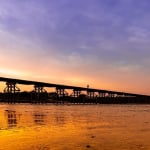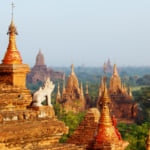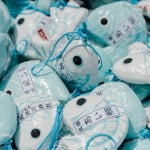Name: Rausu-dake Climbing Guide
Official/Related Site URL: http://www.shiretokoclub.jp/banyakitahama-mt.html
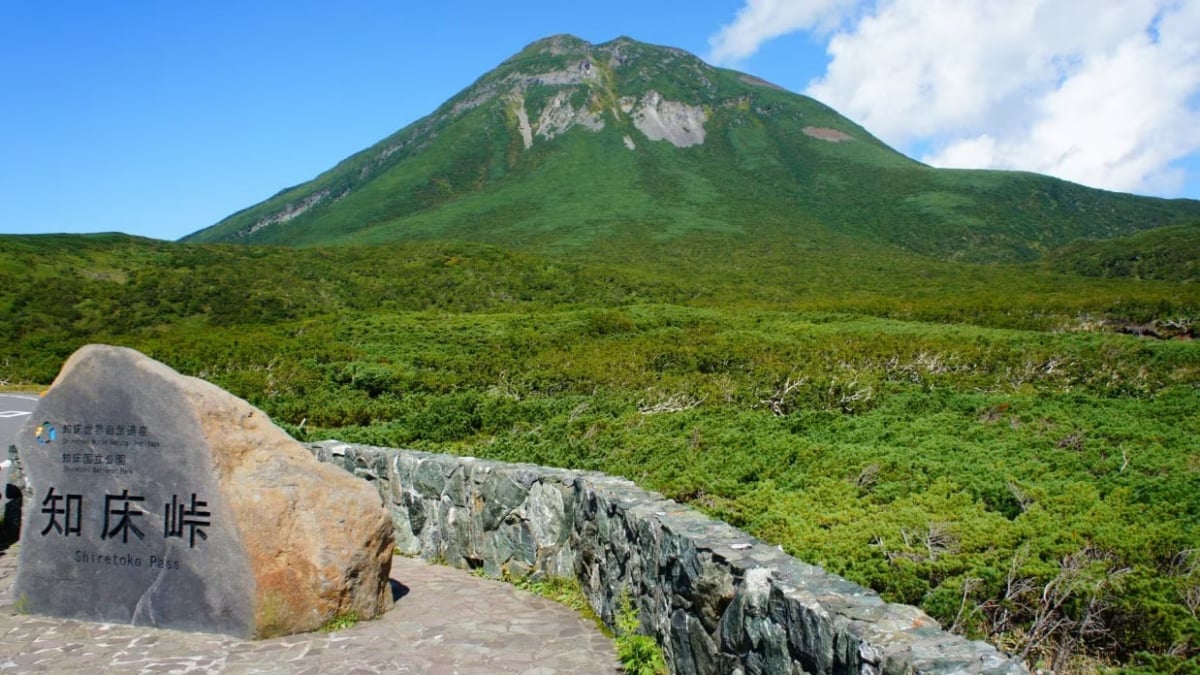
Rausu-dake, One of the 100 Famous Mountains of Shiretoko | Not easy, but a popular mountain that heals with stunning views and hot springs
Rausu-dake, located on the Shiretoko Peninsula in Hokkaido, is a popular mountain counted among Japan’s 100 Famous Mountains as well as the 100 Famous Flower Mountains. Although the difficulty level of the climb is relatively high, the breathtaking scenery from the summit and the fact that the trailhead starts at a hot spring make it very appealing—drawing many climbers every year.
This article introduces the charm of Rausu-dake, recommended climbing routes, mountain guides, and precautions to keep in mind when climbing.
table of contents
[x] close
Rausu-dake, One of the 100 Famous Mountains of Shiretoko | Not easy, but a popular mountain that heals with stunning views and hot springs
- What kind of mountain is Rausu-dake?
- Recommended for Beginners: "Iwaobetsu Onsen Course"
- Enjoy Even More with a Guided Tour
- For Experienced Climbers: Try the "Rausu Onsen Course"
- Access to Iwaobetsu Onsen
- Access to Rausu Onsen
- Precautions When Climbing (Clothing / Bear Deterrents)
- Recommended Season for Beginners…
What kind of mountain is Rausu-dake?

Rausu-dake, standing at 1,661 meters, is the tallest peak among the Shiretoko volcanic range located in the central part of the Shiretoko Peninsula. In the Ainu language, it is called "Chacha-nupuri" (meaning "Grandfather Mountain") and has also been historically recorded as Ryogyu-dake.
In 2005, the Shiretoko Peninsula, including Rausu-dake, was officially registered as a World Heritage Site. Today, it is one of Japan's representative mountains, listed in both the 100 Famous Mountains and the 100 Famous Flower Mountains.
Recommended for Beginners: "Iwaobetsu Onsen Course"
There are two trail options to climb Rausu-dake. While both are challenging, the "Iwaobetsu Onsen Course" is recommended for beginners. This route starts from Iwaobetsu Onsen and ascends to Rausu-dake via scenic points like the Okhotsk Lookout and Ginreisui.
The estimated time for the Iwaobetsu Course is about 8 hours round-trip. The route has relatively mild slopes and elevation changes, and the trail is well maintained. Access to Iwaobetsu Onsen is convenient, and this course can be done as a day trip. It's a good choice for a first-time climb.
Enjoy Even More with a Guided Tour
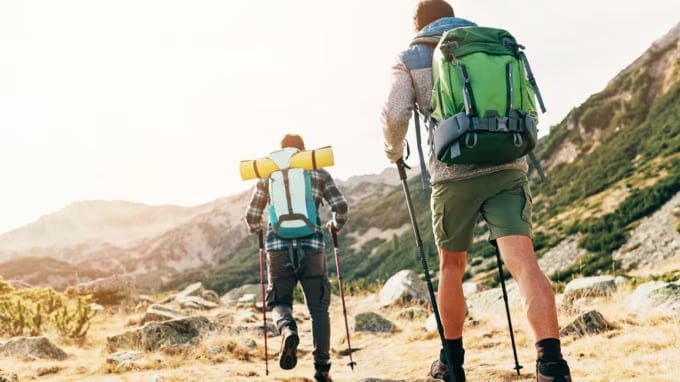
For those who feel it may be difficult to climb on their own, joining a guided tour allows for a safer and more enjoyable ascent of Rausu-dake. Tours are limited to small groups of up to four people. Guides ensure safety and pace the hike appropriately.
There are two types of guided courses:
A beginner-friendly round-trip on the Iwaobetsu Course from the Utoro side
The advanced "Shirokujasha Course," which crosses the summit and descends to Utoro from the Rausu side
The tours run from mid-June to early October.
Rausu-dake Climbing Guide (as of October 2019)
★ Iwaobetsu Course
1 person: ¥27,000
2–4 people: ¥17,000
★ Rausu Traverse Course
1 person: ¥30,000
2–4 people: ¥20,000
For Experienced Climbers: Try the "Rausu Onsen Course"
For those more experienced in mountain climbing, the more challenging "Rausu Onsen Course" is also recommended. This route starts from Rausu Onsen, passing through the Rausu Onsen Campground, Satomidai, and Byobu-iwa to reach Rausu-dake.
The estimated climbing time for this course is 10 to 11 hours round-trip, and the trail is rugged—suitable for advanced and fit climbers. Though demanding, it offers a more immersive experience of Shiretoko’s natural beauty.
Since this course requires more time, an overnight stay is necessary. It’s smoothest to stay at the Rausu Onsen campsite the night before and start the climb early in the morning. This campsite is not for auto-camping and provides a quiet atmosphere ideal for climbers.
Access to Iwaobetsu Onsen
By car:
From Sapporo, use the Dōō Expressway, exit at Asahikawa-Takasu I.C., then take National Route 39 to Abashiri. From there, take Routes 244 and 334, then Prefectural Route 93. (Approx. 7.5 hours)
By JR:
From Sapporo Station, take the limited express on the Hakodate and Sekihoku Lines to Abashiri Station. Then transfer to the Abashiri Line and get off at Shiretoko-Shari Station. (Approx. 6 hours)
By bus:
From in front of Shiretoko-Shari Station, take the bus bound for Shiretoko Goko or Shiretoko Ohashi and get off at Iwaobetsu Onsen. About a 3-minute walk. (Approx. 1.5 hours)
Note: Buses run three times a day.
Access to Rausu Onsen
By car:
From Sapporo, use the Sasson Expressway, then head to Prefectural Route 493. Take the Dōō Expressway and Asahikawa-Monbetsu Expressway, then Route 450. Continue on Routes 39 and 333 to Bihoro Bypass, then follow Route 246 to Route 334. (Approx. 6 hours)
By bus:
From Nakashibetsu Bus Terminal, take the Akan Bus "Kushiro-Rausu Line / Kushiro-Shibetsu Line bound for Rausu" and transfer at the Rausu Bus Terminal to the Akan Bus "Rausu-Utoro Line bound for Utoro," then get off at Rausu Onsen stop. (Approx. 1 hour)
Note: The Akan Bus Rausu Line operates only in summer, so be careful.
Precautions When Climbing (Clothing / Bear Deterrents)
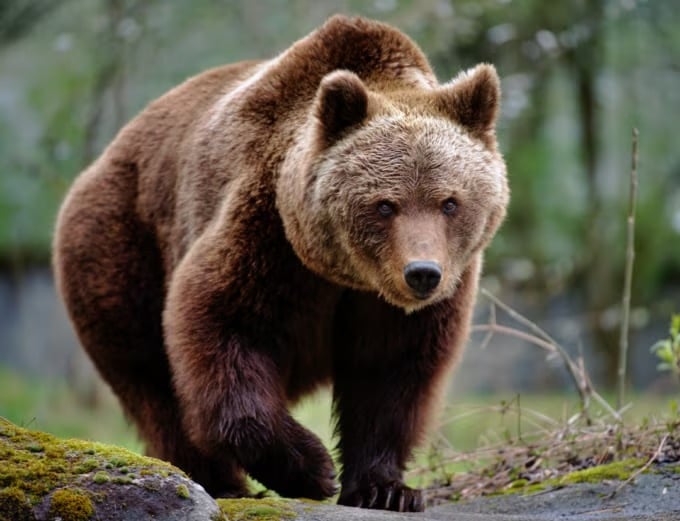
When climbing Rausu-dake, there are several important precautions to consider. On both climbing routes, there have been multiple encounters with brown bears, so taking bear precautions is essential. Items such as bear bells, sprays, incense, and whistles should be prepared.
Also, because of the high elevation, it gets cold near the summit. Warm clothing and rain gear are a must. The Shiretoko Peninsula has a short summer and is cool or cold for most of the year, so proper cold-weather gear is crucial. Bring or wear fleece, base layers, and gaiters.
For footwear, choose well-broken-in hiking or trekking boots. Other useful items include work gloves, a hat, towel, and a headlamp—prepare these in advance.
Recommended Season for Beginners…
Rausu-dake’s official climbing season begins on the first Sunday of July and lasts from late June to early October. This period is generally recommended for climbing. However, snow typically begins to fall by September, so the best time for beginners is during summer, from July to August. Avoid periods when snow is still present or just beginning to fall and choose a season when footing is stable.
RELATED ARTICLES
REGIONS
CATEGORIES
FEATURED ON hokkaido
-
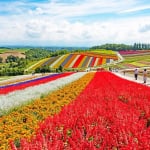
Where will you go for the summer vacation? Introducing recommended spots for domestic travel
-

Hidden Tourist Spot in Sapporo! Exploring the Charm of the Atmospheric Hokkaido University
-
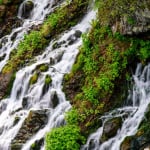
[Biei Town] Tourist Information for Shirahige Falls! Directions & Parking Info
-
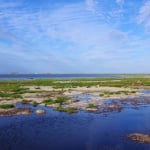
[Eastern Hokkaido] Notsuke Peninsula Travel Guide | What is This Extraordinary Scenic Spot?
-
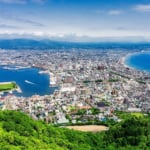
The 5 most breathtaking views in the enchanting tourist destination of Hakodate! Introducing the most photogenic spots
MOST POPULAR ON hokkaido
-
 1
1Doha: Must-see Attractions in the Capital of Qatar
-
 2
2Toronto: 10 Things to do in this Picturesque Canadian City
-
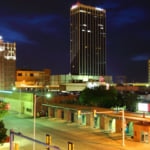 3
3Amarillo: A City Famous for It’s Amazing Canyons, Great History and Music
-
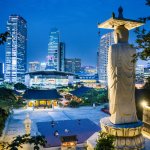 4
4South Korea: Dazzling Scenery, Rich Culture and Fascinating History
-
 5
5Kuwait: A Country in Middle East Asia Famous for Hot Sand Dunes and Stunning Cityscape



